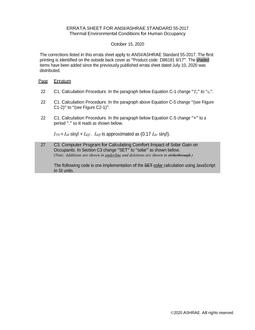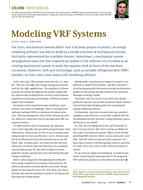Operating a ground coupled heat pump (GCHP) system is different than operating a conventional heating, ventilating and air conditioning (HVAC) system. The difference stems from the fact that a conventional HVAC system is, in most cases, connected to what is, for all intents and purposes, an infinite energy source and can reject heat to an infinite heat sink, while a GCHP system must rely on a ground heat exchanger (GHX) designed and built for a specific project. Because the energy source / heat sink is finite it is possible for a GCHP system to deplete the useable energy from a GHX, or to overheat it. This will, at the very least, reduce the heating and cooling capacity and the efficiency of the system. As the temperature of the GHX approaches the operating limits of the heat pumps they will begin to shut down because of safety devices built into the control systems, and maintenance problems will increase. The need to monitor the operation of a GHX is becoming more apparent as more systems are built. Building owners and operators require information about how the system is designed to operate as well as what they can do if the system isn’t operating as expected.
Citation: ASHRAE Papers CD: 2014 ASHRAE Annual Conference, Seattle, WA
Product Details
- Published:
- 2014
- Number of Pages:
- 8
- File Size:
- 1 file , 2.6 MB
- Product Code(s):
- D-SE-14-C032


